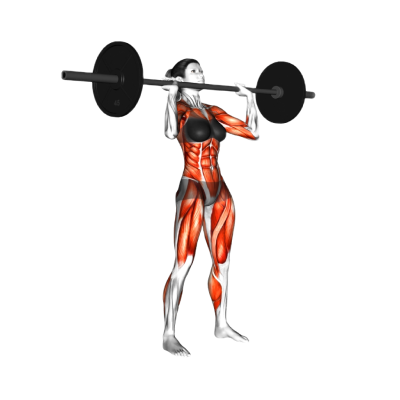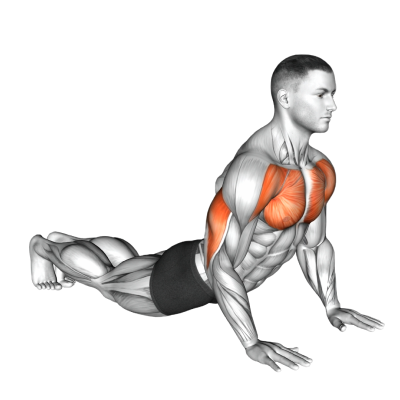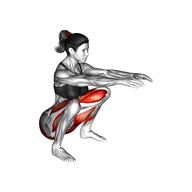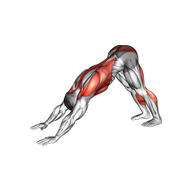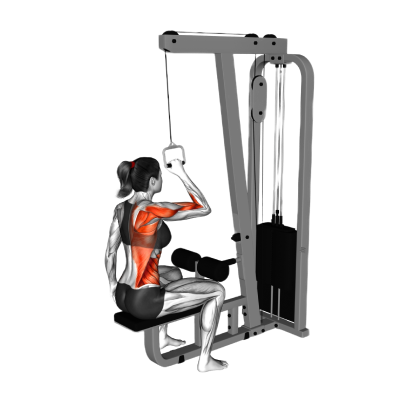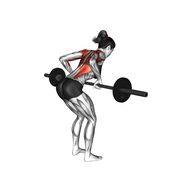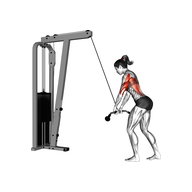Learn to Backbend for Spinal Health
A backbend is any movement where the spine bends backwards. Commonly used in dance, yoga, gymnastics, or figure skating, backbends help to stretch out the back and spine while opening up the chest. Typically, backbends help to work multiple muscle groups, focusing on the core, back muscles, arms, and legs for a total body workout. This exercise can help alleviate back pain or spinal tightness caused by sitting for long periods.
How-to
- Lie on your back with your knees bent and feet flat on the floor.
- Place your hands by your head, fingertips pointing towards your shoulders and palms flat on the floor.
- Push through your shoulders and heels to lift your body. Straighten your arms as much as possible while keeping your core and legs tight.
- Hold this position and breathe.
Muscle Worked
Primary Muscle Groups


Lower Back
The low back helps stabilize your spinal column and connects your upper body to your pelvis.

Middle Back
The middle back helps you rotate your torsoSecondary Muscle Groups


Calves
The calves are the muscles at the back of the lower part of your legs

Forearms
The forearms help you grip objects and move your hands, wrists and fingers

Glutes
The glutes help you extend your thighs from the hips and drive you forward.

Hamstrings
The hamstrings flex your knees and extend and rotate your hips

Shoulders
Your shoulders are ball-and-socket joints which connect your arms to your torsoPro Tips
- Try to push your hips toward your shoulders once you are up in your backbend. This will help you stop bending your knees as much to come to a straighter-legged back bend.
- Spread your fingers out wide to give yourself more balance and stability in your backbends.
Benefits
- Backbends help open up your chest. This can help you hold yourself taller or improve your confidence.
- Backbending helps with stress or tightness in the back muscles.
Variations
Alternatives
Warm Up & Cool Down
Warm Up
Activate your spine with a cobra stretch to warm up before your backbends.
- Lie face-down on a mat. Place your hands on the floor beside your shoulders.
- Push your torso up while keeping your pelvis on the floor. Draw your shoulder blades backwards and downwards.
- Hold this position, breathing comfortably throughout.
Cool Down
Try a lying knee-to-chest stretch to cool down. This will help reset your spinal position by bending it forward again.
- Lie flat on the floor or on a mat with your legs fully stretched out.
- Bring both knees into your hands and gently let your arms pull your knees toward your chest. Hold as long as needed. You can also alternate knees if you prefer.
FAQ


Get fit with Flex
Build muscle & lose weight fast for free.
Download for Free
Available on iPhone + Apple Watch

